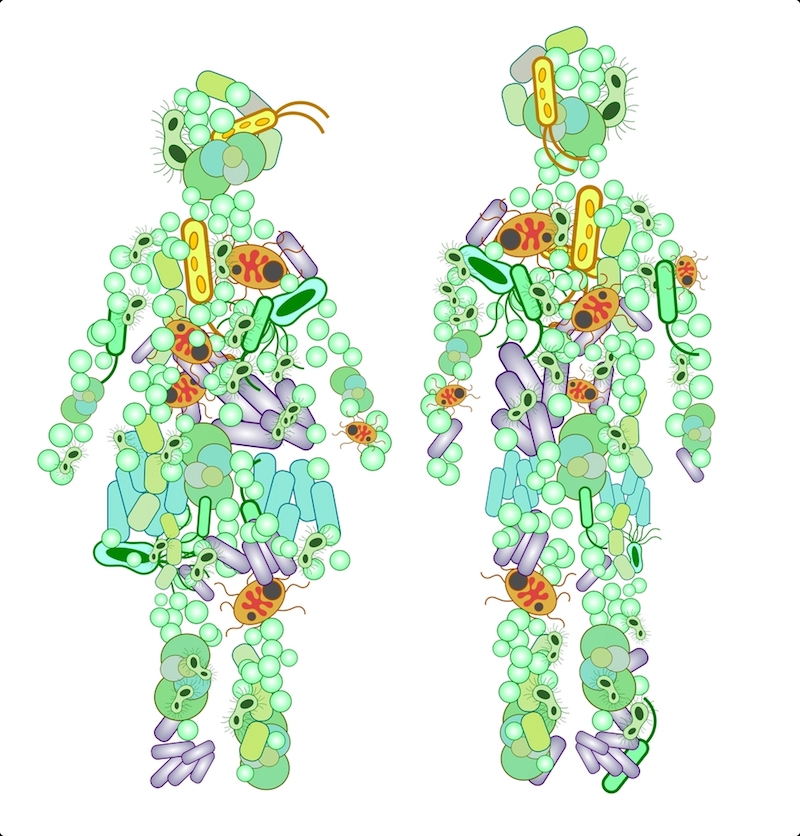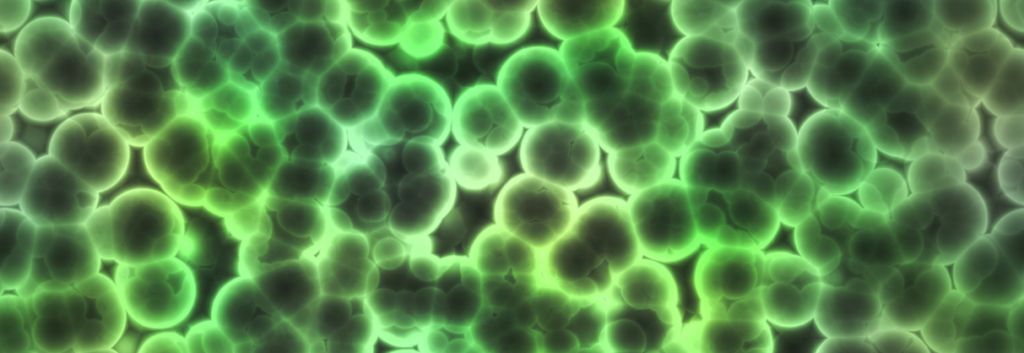Newsletter Signup - Under Article / In Page
"*" indicates required fields
Could your nose lead to major discoveries in antibiotic production? Genome mining of nose bacteria has revealed a new powerful antibiotic.
Functional genomics offers a powerful tool for the isolation and detection of novel antibiotics, as the data obtained from it can be used to describe gene functions and interactions. The human microbiome has been largely studied to assess antimicrobial compounds that could potentially be used to defeat different harmful species, but expressing of all the resistance genes is not a simple task. At last, a research group from Tübingen, Germany, is making it work!
The University of Tübingen, Germany, which recently participated to the 2016 EuroScience Open Forum in Manchester, UK, works on Staphylococcus lugdunensis. (This bacteria’s name comes from Lugdunum, the Latin name for Lyon, France, where the organism was first isolated!). This bacteria is Gram-positive with spherical cells able to produce lugdunin, which it can use to defeat powerful skin infections caused by S. aureus in mice.

The team examined a library of S. lugdunensis strain IVK28, and found that few bacteria were able to produce an antibacterial substance in a strong enough capacity to prevent the growth of S. aureus. Transposon analysis of these bacteria and those unable to produce lugudunin identified the genes related to the biosynthesis of the antibiotic lugdunin. The team also found that hosting S. lugdunensis in the nose was associated with a lower pathogen instance, suggesting that this bacteria and lugdunin indeed protect their hosts.
This discovery is huge for antibiotics. Since penicillin was discovered in 1928, most of the antibiotics were isolated from soil bacteria, according to Andreas Peschel, a bacteriologist at the University of Tubingen in Germany, it was totally unexpected to find new antimicrobial medicines in human-associated bacteria. Moreover, this genetic approach demonstrates how far we’ve come since Alexander Fleming first squeezed penicillin out of his ‘mold juice’!
As it has become increasingly difficult to identify novel compounds, the genetic inventory hidden in the human microbiome may become a valuable new source of antibiotics. With this incredible finding “right under our nose” there may be more antibiotic compounds to be discovered out there!
Images: LeStudio, Iamatoma / shutterstock.com






